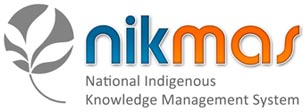Thaba Nchu promotional information
Tourism

Geographical features include the promontories of the Lesotho mountains, suitable for large lands with ample game, wherein a game reserve, the Maria Moroka Game Reserve, has been maintained.
A variety of wildlife and bird species are found here, besides a hiking trail, a traditional Tswana site, and amenities for various activities and adventures in the reserve.
The reserve has been named after the political town hero Dr. Maria Moroka. Much of the surrounding land is arable, which has been employed for large scale farming of both commercial and domestic nature. The town is also known for the Aran hand-knitted woolen garments made by local craftspeople.
Adventure and Eco-tourism : Water
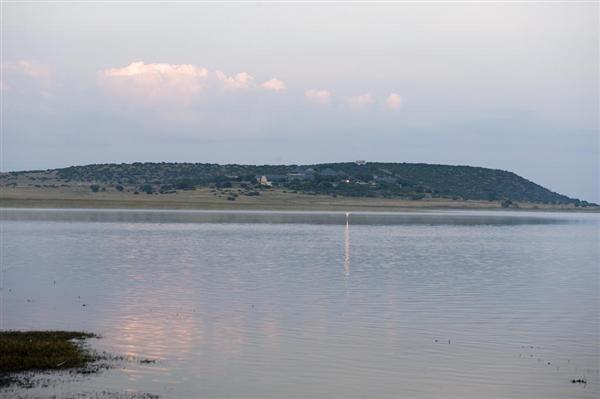
Rustfontein Dam N8 off to Botshabelo
New Berry Dam Westminster
Philip Sanders Resort Bloemfontein
Tierpoort Dam Bloemfontein
Maselspoort Dam Bloemfontein
Wimaweh Resort Thaba Patshwa
Caledon River Wepener
Welbedacht Dam
Leeu River Dam Thaba Phatshwa
Egmont Dam Vanstadensrus
For more info call: 051 447 1362/3
Caravaning and Camping Sport
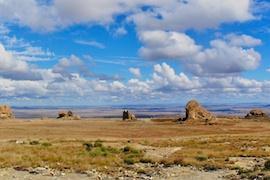
Reyneke Park Bloemfontein
Bloemfontein Caravan Park Bloemfontein
Dagbreek Caravan Park Bloemfontein
Tom’s Place Bloemfontein
Soetdoring Nature Reserve Bloemfontein
Philip Sanders Resort Bloemfontein
Maselspoort Holiday Resort Bloemfontein
Tweespruit Municipal Caravan Park Tweespruit
Hobhouse Municipal Caravan Park Hobhouse
Thaba Patshwa Camping Site Thaba Patshwa
Rusfontein Dam / Palmietfontein Botshabelo
Maria Moroka Park Thaba ‘Nchu
Egmont Dam Vanstadensrus
Caledon Nature Reserve Wepener
For more info call: 051 447 1362/3
Contact details
Contact person
Mrs M E Sehome Tel: 051 875 2509
Physical address
Kgotla Ya Barolong Boo Seleka
Station Road
Thaba Nchu
9784
Longitude: S29:12:00
Latitude: E26:50:00
Our Leader
The town is still closely governed by His Majesty Chief Albert Moroka. He is still responsible for most civil matters and he is still the judge at the tribal court, so the town is still has a very traditional feel despite having a proper court of law and falling under the Mangaung local municipality.
Thaba Nchu
Situated 65 km from Bloemfontein on the N8 - 10km from Botshabelo - this town was established in 1873 after long being inhabited by Chief Moshoeshoe and Basotho. “Thaba ‘Nchu” is the Sesotho name for “black mountain”. Today Thaba ‘Nchu is home to two luxury hotels and casino’s and the Maria Moroka Nature Reserve which surrounds Thaba ‘Nchu Sun and Setlogelo Dam.
Attractions
Villages of tribes and communities which reigned supreme in the 1800’s Chief Albert Moroka’s house and seat of the Barolong tribal authority
Historical memorial buildings - hospital and college
Mmabana Cultural Centre
Thaba ‘Nchu Sun and Naledi Sun
Serwalo Sangoma Kraal
Leroane Jazz Tavern
Kromdraai forced removal ruins
Arts and crafts
About Thaba 'nchu
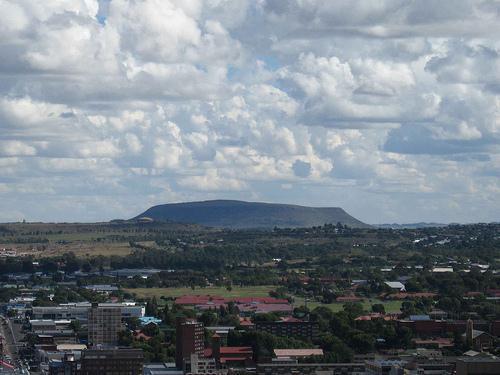
Thaba 'Nchu is a town in Free State, South Africa, located 60 km east of Bloemfontein. Its population is largely made up of Tswana and Sotho people. The town was settled in the 1830s and officially established in 1873. The town grew larger following the 1913 Natives' Land Act that stated Thaba Nchu as a homeland for Tswana people.
Botshabelo Attractions
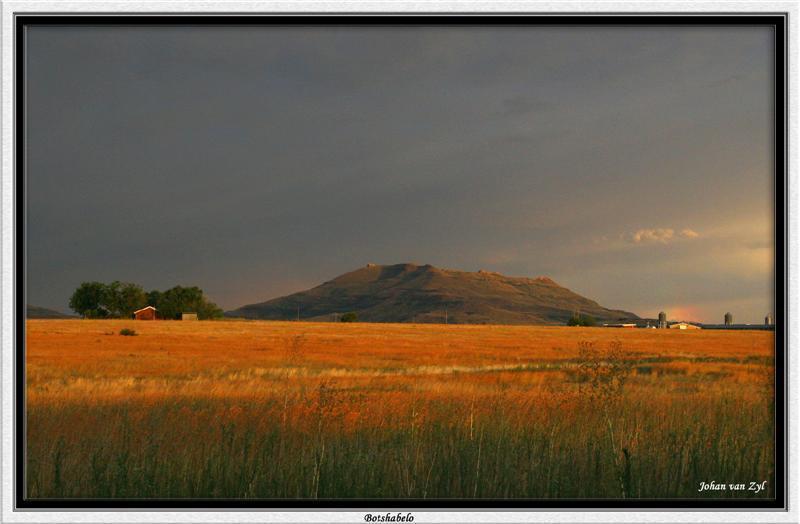
Botshabelo - “a place of refugee” - is 45 km from Bloemfontein on the N8 road to Lesotho and is believed to be the largest township settlement in the Free State - and the second largest in South Africa after Soweto. It is also well-known for its struggle for national liberation and against their incorporation into Qwa-Qwa, the then homeland. Even though there is few job opportunities, it has a low crime rate.
Attractions
Arts and crafts
Botshabelo Creation Co-op
Heroes’ families - get the stories of loneliness, brutality and pain
Petro Sanchez Clinic
Community radio station
Rustfontein Dam and Nature Reserve, 10km from Botshabelo
Onverwacht farm house - where the first settlement of Botshabelo was established in 1979.
Tourist Info: Tel: 082 422 0605 / Fax: 051 534 6187
Thaba 'nchu trail
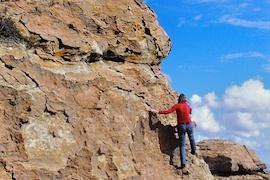
The imposing bulk of Thaba ‘Nchu (Tswana for Black Mountain) is visible from various vantage points in Bloemfontein and the mountain is a wonderful escape from the city. The free-standing peak rises almost 500 metres out of the surrounding plains, about five kilometres southeast of the settlement of Thaba ‘Nchu on the Bloemfontein- Maseru road.
Follow the signs to the parking area behind the farmer’s house and then walk through a gate marked by a white footprint on a pole. The path, indicated by footprints painted on boulders, heads up the mountain towards an obvious saddle. Once on the ridge,there are no longer any footprints but a distinct path continues to the right on a fairly gentle gradient to the top.
The summit plateau, a flat grassy area with beautiful rock formations and awesome views, is well worth exploring. The mountain was a lookout point for British soldiers in the Anglo-Boer War and the stone walls constructed along the perimeter of the western plateau during this period have survived. There’s much speculation about the purpose of the ring wall, but it was probably used to contain cattle rather than as a defensive structure.
The mountain also boasts some rare fauna, including a rare variation of the clawed toad (Xenopus laevis) that is found only in the marshes of the mountainous habitats of Thaba ‘Nchu, Thaba Patsoa and Koranna Berg, and small fairy shrimp (Chirocephalus diaphanous), which breed in the small rainwater pools found in the hollows of the sandstone rock outcrops.
A worthwhile detour on your way down is to climb over the fence via a yellow stile to the right of the path and then walk down through the bushes to an overhang. The flat rock balcony at the mouth of the cave, overlooking an overgrown gorge, is a good spot to have lunch before descending the mountain.
A permit system for the trail, which is accessed via Glamorgan Farm, is administered by the Mountain Club of South Africa.
Our History
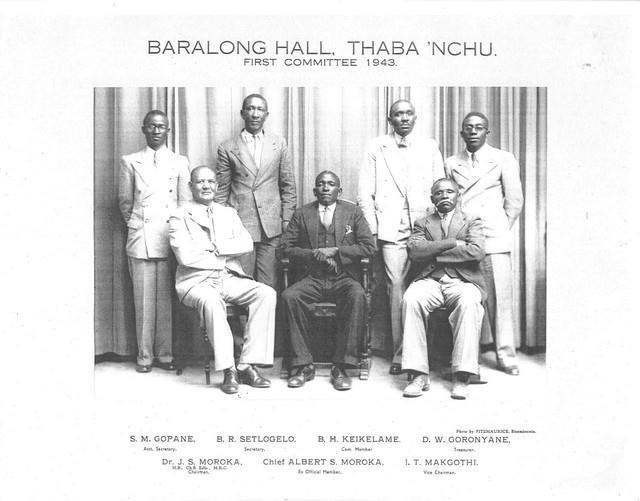
Moroka II, chief of the Boo-Seleka section of the Barolong tribe, migrated here in 1833. A decade earlier his clan was driven from their land of origin, over the Vaal, by Mzilikazi, and sojourned at Motlhanapitse, in what is now the western Free State. Upon reaching an agreement with king Moshoeshoe I, they settled at Thaba 'Nchu, where their numbers were augmented by other Barolong scattered by Mzilikazi.
These Batswana people accepted the Voortrekkers as allies, as a consequence of the ongoing difaqane (tribal wars). The first Voortrekkers to stay here on their northward journeys were Louis Tregardt and Hans van Rensburg. Thaba 'Nchu subsequently became a safe meeting place for leaders such as Hendrik Potgieter, Piet Uys and Gerrit Maritz.
After Potgieter's trek was attacked and plundered at Vegkop, Moroka II swiftly assisted him with draught oxen and a liberal provision of supplies. The Boer party was also assisted in returning to a refugee camp at Thaba 'Nchu, named Moroka's Hoek. The Boer leader held a war council with the Barolong chiefs, Moroka and Tauana, where a Boer-Barolong-Griqua allegiance was formed, which shortly routed Mzilikazi, who then founded the kingdom of Matabeleland.
Thaba 'Nchu was considered a friendly native state of the boer-governed Orange Free State, established in 1854. It however became an insular territory during the Basotho Wars, during which the Basotho were expelled from its vicinity.
In the apartheid era it formed part of the area set aside for the bantustan of Bophuthatswana, nominally ruled by the then President Lucas Mangope. It was then a trading centre. Following the establishment of a hotel and casino by Sun International during that time it has become a major tourist attraction in the Free State, due to its proximity to Bloemfontein.

